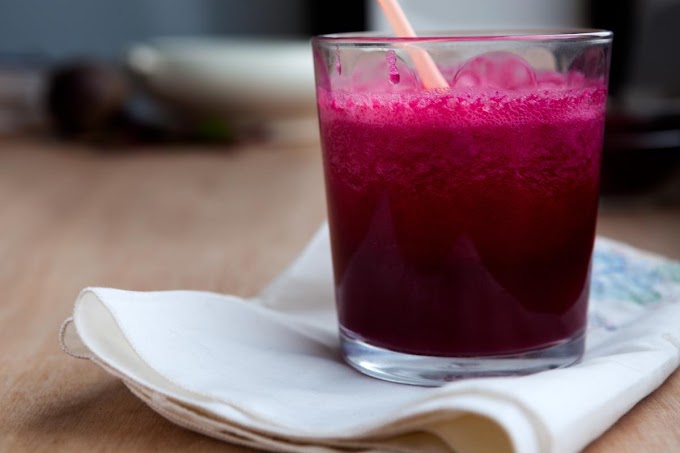Lemonade is a classic and refreshing drink loved by many, especially on hot days when you crave a zesty, cooling beverage. While making lemonade from fresh lemons is fantastic, using lemon juice concentrate is often more convenient, especially when you don’t have fresh lemons on hand. This method is fast, requires minimal ingredients, and can be customized to your taste. In this blog, we’ll walk you through how to make lemonade using lemon juice concentrate, share a few tips on adjusting flavor, and suggest some creative twists to elevate this simple drink.
What Is Lemon Juice Concentrate?
Lemon juice concentrate is essentially lemon juice that has been processed and condensed by removing some of its water content. This process preserves the juice, making it shelf-stable and convenient to store and use. Since it’s more concentrated than fresh lemon juice, a small amount of concentrate can produce a strong lemon flavor when reconstituted. Lemon juice concentrate is available in most supermarkets and can often be found in the frozen aisle or near other bottled juices.
Benefits of Using Lemon Juice Concentrate for Lemonade
Using lemon juice concentrate has its perks:
Convenience: There’s no need to squeeze lemons or worry about seeds and pulp. Just open, measure, and pour!
Consistency: Since concentrate has a standardized level of acidity and sweetness, you can achieve the same taste every time.
Shelf-Life: Concentrate usually has a longer shelf life compared to fresh lemons, so it’s handy to keep around for whenever the craving strikes.
Basic Recipe for Lemonade Using Lemon Juice Concentrate
Here’s a simple, tried-and-true recipe for making lemonade with lemon juice concentrate. This version yields about 8 cups of lemonade, which is perfect for sharing.
Ingredients
1 cup lemon juice concentrate
7 cups cold water
1/2 cup granulated sugar (adjust according to taste)
Ice cubes
Fresh lemon slices and mint (optional, for garnish)
Instructions
Mix Water and Lemon Concentrate: Start by adding 7 cups of cold water to a large pitcher. Pour in 1 cup of lemon juice concentrate and stir.
Sweeten It Up: Gradually add 1/2 cup of sugar to the pitcher. Stir well until the sugar dissolves completely. If you prefer a sweeter lemonade, add more sugar to taste.
Adjust to Taste: Taste the lemonade and adjust as needed. You might want to add more concentrate if you like a stronger lemon flavor or more sugar if you enjoy a sweeter taste.
Serve: Add ice cubes to the pitcher or pour the lemonade over ice in individual glasses. Garnish with fresh lemon slices and mint leaves if desired.
Enjoy! Your homemade lemonade is now ready to be savored.
Adjusting the Lemonade for Your Taste
One of the best things about making lemonade at home is that you can adjust it to your liking. Here are a few tips to customize the flavor:
1. Sweetness Level
If you like sweeter lemonade, simply add more sugar, honey, or even a sugar substitute like stevia.
For a less sweet option, you can reduce the sugar, or even skip it entirely if you enjoy tart lemonade.
2. Adding a Bit of Sparkle
To make a sparkling lemonade, substitute 1-2 cups of water with sparkling water or club soda. Add it just before serving to keep the fizz.
3. Experiment with Flavors
Add a splash of other fruit juices like raspberry, strawberry, or peach to give your lemonade a fruity twist.
Infuse the lemonade with herbs like mint, basil, or rosemary. Simply add the fresh herbs to the pitcher and let them steep for about 15 minutes before serving.
4. Coldness and Texture
If you want a super-cold, slushy texture, blend some of the lemonade with ice cubes in a blender. This creates a refreshing frozen lemonade perfect for hot days.
Fun Lemonade Variations
Once you’ve mastered the basic lemonade recipe, it’s fun to experiment with variations. Here are some ideas to keep your lemonade experience exciting:
1. Pink Lemonade
Add a splash of cranberry or raspberry juice to your lemonade for a pretty pink hue and a slight berry flavor.
2. Honey Lemonade
Replace the sugar with honey for a more natural sweetness and a hint of floral flavor. Stir the honey into warm water first to dissolve before mixing with the cold lemonade.
3. Lavender Lemonade
Lavender adds a unique floral note to lemonade, making it a popular choice at cafes and events. Use food-grade lavender and steep it in hot water before adding it to the lemonade.
4. Spiced Lemonade
Add a pinch of spices like ginger, cardamom, or even a little cayenne for a surprising twist. Spiced lemonade is great for people who enjoy complex flavors in their drinks.
5. Iced Tea Lemonade
Mix equal parts of lemonade and brewed iced tea to create an "Arnold Palmer," a classic combination that’s both refreshing and energizing.
Tips for Serving and Storing
Serving: Serve lemonade in a clear pitcher to showcase the vibrant color, especially if you’ve added fruit or herb garnishes. Clear glasses with lemon wedges on the rim add a classy touch.
Storing: If you have leftovers, store the lemonade in the fridge in a tightly sealed container for up to three days. The flavors may blend and deepen over time, making it even tastier the next day.
Freezing: Freeze lemonade in ice cube trays for a quick, refreshing treat on hot days, or use the cubes to chill other beverages without watering them down.
Health Benefits of Lemonade
Lemonade isn’t just delicious; it’s also packed with health benefits:
Rich in Vitamin C: Lemons are a fantastic source of vitamin C, which helps boost your immune system and keeps your skin glowing.
Aids Digestion: Lemonade can help improve digestion and cleanse your body, especially if consumed without too much sugar.
Hydration: The high water content in lemonade is perfect for keeping you hydrated, especially in hot weather.
Low Calorie (when unsweetened): If you enjoy tart lemonade without added sugar, it’s a low-calorie way to enjoy a tasty drink.
Common Mistakes to Avoid
Using Too Much Sugar: Over-sweetening can mask the fresh, tangy flavor of the lemons. Start with a small amount of sugar and adjust to taste.
Skipping the Stirring: Proper stirring ensures that the sugar dissolves fully and distributes evenly. Nobody likes a mouthful of sugar granules!
Adding Sugar at the Wrong Time: If you’re using honey or another sweetener, dissolve it in a small amount of warm water before adding it to the cold lemonade. This helps avoid clumping and makes the sweetener blend smoothly.
Final Thoughts
Making lemonade from lemon juice concentrate is a quick and satisfying way to enjoy a beloved classic without the hassle of squeezing lemons. It’s versatile, allowing for countless flavor combinations, and it’s easy to adjust for different taste preferences. Whether you stick to a traditional recipe or experiment with sparkling water, herbs, and fruit, lemonade made from concentrate can be as refreshing and delicious as any fresh version. Try out some of the variations, and you’ll have a go-to recipe for any occasion.
So next time you’re in the mood for lemonade, skip the trip to the grocery store and whip up a batch with lemon juice concentrate—you’ll be sipping on a refreshing drink in minutes!








Social Plugin